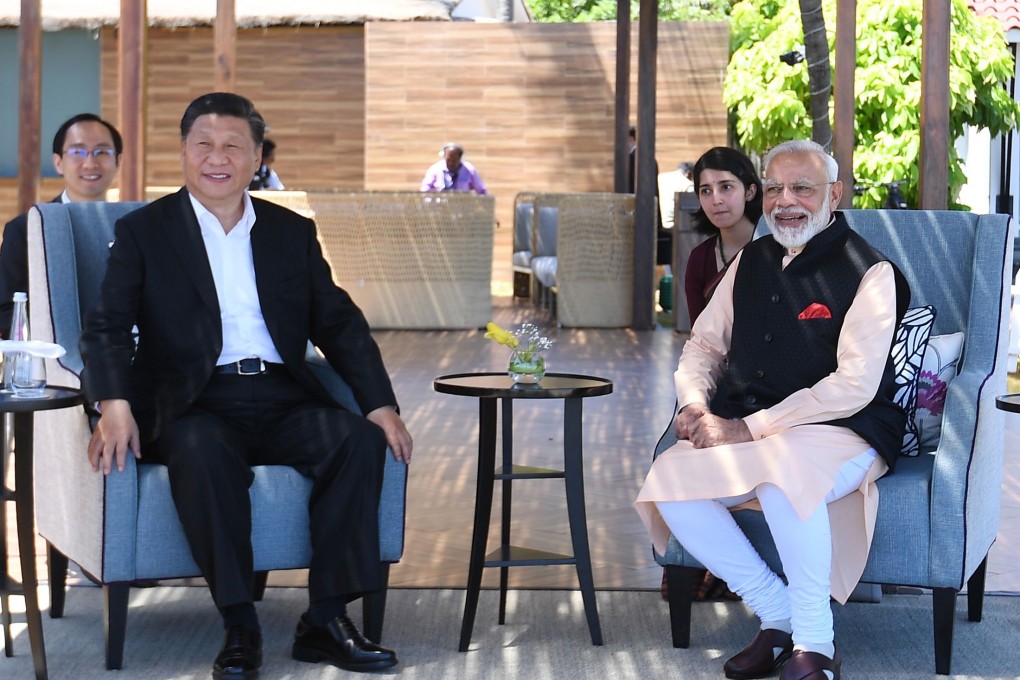Xi, Modi agree to trim trade deficit, boost mutual trust amid US-China tensions
- The leaders agreed to set up a mechanism to boost economic ties and tackle India’s trade deficit with China after their second informal summit
- As 2020 is the 70th anniversary of diplomatic ties between both countries, India and China will hold 70 events next year to promote relations

Reaffirming the need for better relations between the two Asian giants, Chinese President Xi Jinping was quoted by the State-run Xinhua news agency as saying: "China and India should be good partners and neighbours who live in harmony and move forward hand in hand. To achieve ‘Dragon and Elephant dance’ is the only correct choice for India and China." Xi was referring to the animal that enjoys an iconic status in Indian mythology and culture.
Modi remarked that both sides had agreed to be “sensitive” to each other’s concerns and not let differences escalate into disputes, while Xi called for communication to “alleviate suspicions” and for India and China to enhance strategic mutual trust, according to state news broadcaster CCTV.
Xinhua, meanwhile, quoted the Chinese vice foreign minister Luo Zhaohui as saying the two-day informal summit had achieved "fruitful outcomes”.
"Xi and Modi have exchanged in-depth views on overarching, long-term and strategic global and regional issues and agreed to enhance the two countries' ever-closet partnership for development," he said.
In a sign of China’s willingness to address India’s trade deficit with it, the leaders agreed to launch a “High Level Economic and Trade Dialogue”.